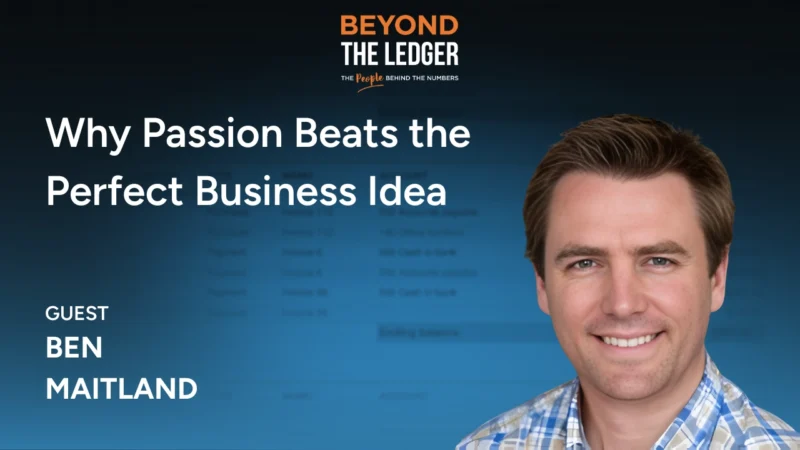What Leading With Purpose Sounds Like
Leading with purpose is no longer a buzzword but a fundamental shift in how leaders define success. In today’s fast-moving organizations, purpose-driven leadership is about clarity—understanding the “why” behind every decision and holding that vision steady like a compass. It demands that leaders do more than set goals; they must align their teams’ aspirations with a bigger mission that inspires action. Unlike traditional management, leading with purpose invites vulnerability, requiring leaders to own both triumphs and failures while helping others grow through their gaps.
It transforms experience into a tool, turning years of lessons into shared wisdom so that others can build their own success more quickly. This style of leadership isn’t about control; it’s about empowering individuals to chase something meaningful together. In an era where engagement is currency, leaders who anchor themselves to purpose are proving that meaning, not just metrics, drives enduring impact.




